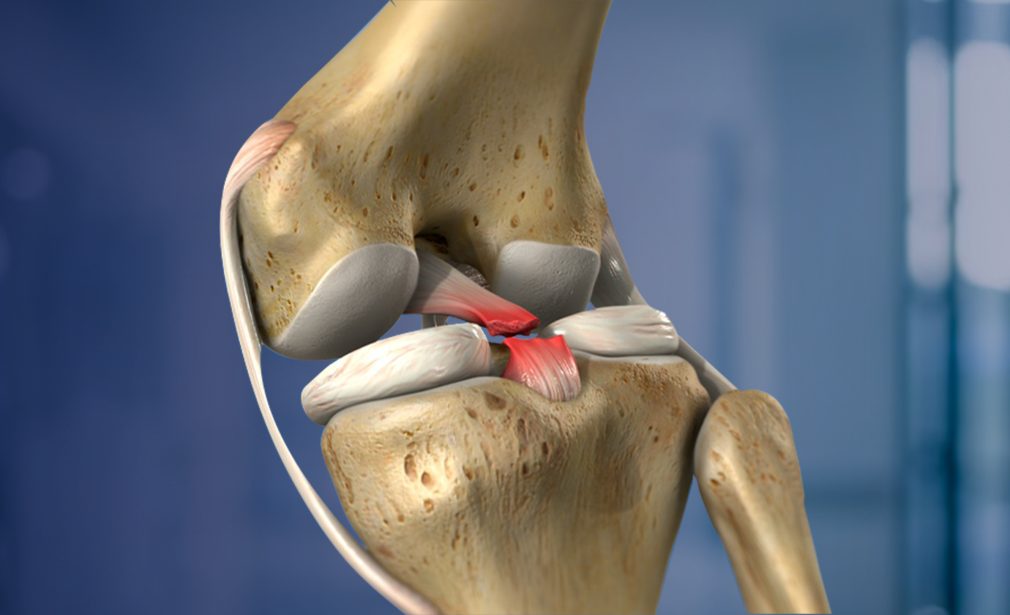PCL surgery is performed to reconstruct a torn posterior cruciate ligament, which stabilizes the knee by preventing the shinbone (tibia) from moving backward. The injury often occurs due to trauma, sports accidents, or motor vehicle collisions.
The surgery involves arthroscopic techniques, where the damaged PCL is replaced with a tendon graft from the patient (autograft) or a donor (allograft). It’s typically recommended for complete tears or when the injury causes significant knee instability.
- Pain in the back of the knee.
- Swelling (mild to moderate).
- Knee instability or the feeling of the knee “giving out”.
- Difficulty walking or going down stairs.
- Limited range of motion.
- Bruising around the knee (especially with acute injury).
- Discomfort when kneeling.
- Fatigue or Discomfort with Activity. Especially during rehab exercises or prolonged standing/walking.
Frequently asked questions
PCL surgery is a procedure to reconstruct a torn posterior cruciate ligament in the knee. The damaged ligament is replaced with a graft, often from the patient’s own tissue or a donor.
Surgery is usually recommended for complete PCL tears, chronic knee instability, or combined injuries with other ligaments (like ACL, MCL). Minor tears often heal with rehab alone.
It’s typically done arthroscopically (minimally invasive) using small incisions, a camera, and instruments to insert and secure the graft.
The procedure usually takes 1.5 to 2 hours, depending on whether other ligaments or structures are also involved.
Full recovery takes 6 to 12 months. Crutches and a knee brace are needed early on, followed by a structured rehab program.
Yes. Physical therapy is essential for regaining strength, range of motion, and stability. It typically starts within the first week after surgery.
Most athletes return to sports after 9 to 12 months, once cleared by their surgeon and physical therapist.
Many patients regain excellent function, especially if rehab is followed closely. Some may have minor long-term changes in knee function or strength.
Post-op pain is common but manageable with medication, ice, rest, and physical therapy. Pain typically improves over a few weeks.


